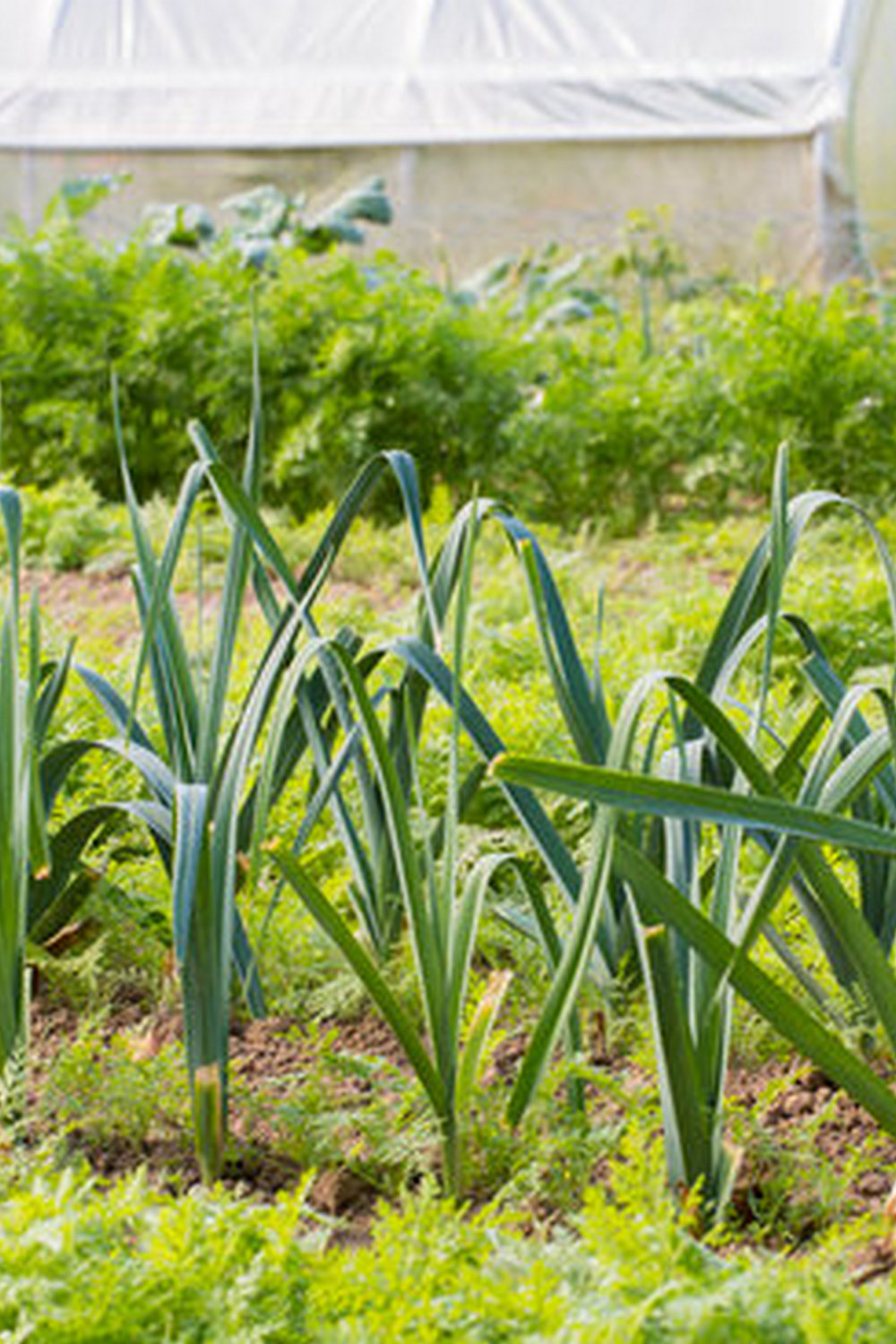Urban gardening vegetables have become increasingly popular among city dwellers looking to connect with nature, access fresh produce, and make the most of limited space. Urban gardening refers to growing plants, particularly vegetables, in urban environments such as rooftops, balconies, or even indoor spaces. This practice has gained traction due to the numerous benefits it offers in terms of sustainability, health, and community building.
One of the key reasons why urban gardening is important for city residents is its contribution to food security and self-sufficiency. By cultivating vegetables right at their doorstep, urban gardeners can ensure a fresh supply of nutritious food while reducing their reliance on grocery stores. This not only promotes healthy eating habits but also helps reduce the carbon footprint associated with transporting produce from rural areas to cities.
Furthermore, urban gardening provides a much-needed respite from the hustle and bustle of city life, allowing individuals to connect with nature and engage in a fulfilling hobby. Whether it’s tending to a small container garden on a windowsill or participating in a community garden project, urban gardening offers a sense of purpose and accomplishment. In addition, by beautifying their surroundings with greenery, city residents can improve air quality and create vibrant spaces that enhance overall well-being.
Benefits of Growing Vegetables in an Urban Setting
Urban gardening vegetables in an urban setting provides a multitude of benefits for city dwellers. Not only does it allow individuals to have access to fresh and nutritious produce right at their fingertips, but it also promotes sustainability, community engagement, and overall well-being. Here are some key advantages of growing vegetables in urban environments:
- Health Benefits: By growing your own vegetables, you have control over what goes into your food, ensuring that you are consuming fresh, pesticide-free produce. This can lead to a healthier diet and lifestyle.
- Sustainability: Urban gardening helps reduce the carbon footprint associated with transporting food from rural areas to cities. By growing locally, you contribute to a more sustainable food system.
- Community Engagement: Urban gardens often bring together neighbors and residents in a shared space, fostering a sense of community and connection. This can lead to increased social interactions and support networks within urban areas.
Moreover, urban gardening vegetables can also be a cost-effective way to supplement your grocery shopping. With rising food prices and economic uncertainties, having your own vegetable garden can help save money on fresh produce. Additionally, the act of gardening itself provides physical exercise, stress relief, and mental relaxation for urban dwellers who may not have access to traditional green spaces.
In essence, the benefits of growing vegetables in an urban setting go beyond just having access to fresh produce. It is about creating a more sustainable and connected community while promoting healthy lifestyles and environmental stewardship. Whether you have a small balcony or a rooftop terrace, there are plenty of opportunities for urban residents to start their own vegetable gardens and reap the rewards of homegrown goodness.
Choosing the Right Vegetables for Urban Gardening
Urban gardening vegetables are a great way to bring fresh produce to city dwellers, even with limited space. When selecting the right vegetables for urban gardening, it’s important to consider plants that will thrive in containers or small garden beds. Here are some of the best options for those looking to start their own urban vegetable garden:
- Tomatoes: Known for their versatility and abundance, tomatoes can be grown in containers or hanging baskets. Choose cherry tomatoes for smaller spaces.
- Peppers: Bell peppers and hot peppers are perfect for urban gardens as they do well in pots and don’t require too much space to grow.
- Herbs: Herbs like basil, mint, and parsley are easy to grow in small containers on windowsills or balconies, adding flavor to your meals.
Another great option for urban gardening vegetables is lettuce and salad greens. These leafy greens can be grown in shallow containers and provide a continuous harvest throughout the growing season. Radishes, carrots, and green beans are also good choices for urban gardens as they can be grown vertically to save space.
When selecting vegetables for your urban garden, it’s essential to consider your climate and the amount of sunlight your space receives. Some vegetables require more sun than others, so be sure to choose plants that will thrive in your specific environment. By carefully selecting the right vegetables for your urban garden, you can enjoy a bountiful harvest even in a limited space.
Container Gardening Tips for Urban Gardeners
Urban gardening vegetables in urban settings often means dealing with limited space, and one of the most popular ways to grow veggies in such environments is through container gardening. Container gardening allows urban gardeners to make use of any available space, whether it’s a small balcony, rooftop, or even just a window sill. The versatility and convenience of container gardening make it an ideal choice for those looking to cultivate their own fresh produce in the city.
When it comes to container gardening, choosing the right containers is key. Opt for containers that have drainage holes to prevent waterlogging and choose pots that are the appropriate size for the vegetables you want to grow. Additionally, consider the material of the containers – terracotta pots may dry out more quickly than plastic containers, so be mindful of your plant’s watering needs.
Another important aspect of successful container gardening is selecting the right soil. Use a high-quality potting mix that is well-draining and nutrient-rich to ensure healthy plant growth. Additionally, regular watering is essential for container-grown vegetables as they may dry out faster than plants grown in traditional garden beds. Be sure to monitor soil moisture levels closely and adjust your watering schedule accordingly to keep your urban gardening vegetables thriving.
| Container Gardening Tips | Benefits |
|---|---|
| Choose containers with drainage holes | Maximizes space in urban environments |
| Use high-quality potting mix | Fresh produce at your fingertips |
Vertical Gardening Techniques to Maximize Space in Urban Gardens
Vertical gardening is a fantastic technique for urban gardeners looking to maximize their limited space and still have a bountiful harvest of vegetables. By using vertical structures such as trellises, arbors, hanging baskets, or wall-mounted planters, you can grow a variety of crops without taking up valuable horizontal space. This method not only allows for more plants to be grown in a small area but also adds a beautiful aesthetic element to your urban garden.
Choosing the Right Vegetables for Vertical Gardening
When selecting vegetables for vertical gardening, it’s essential to choose plants that are well-suited for this growing method. Vining plants like tomatoes, cucumbers, peas, beans, and squash are perfect candidates for vertical structures as they naturally climb and thrive when given support. Herbs like mint, basil, and thyme also do well in vertical gardens and can add flavor to your dishes right from your own backyard.
Utilizing Trellises and Arbors
Trellises and arbors are excellent tools for vertical gardening as they provide sturdy support for climbing plants. By placing these structures strategically in your garden, you can train your vegetables to grow upwards instead of sprawling out across the ground.
Additionally, trellises and arbors can create visual interest in your urban garden and serve as a focal point for your outdoor space. Be sure to secure climbing plants gently using twine or soft ties to prevent damage to stems while encouraging upward growth.
Soil, Watering, and Sunlight
Urban gardening vegetables thrive in urban environments when given proper care and attention. One of the key elements to ensure the success of your urban garden is to provide the right soil, watering, and sunlight conditions for your vegetables to grow healthy and strong.
When it comes to soil, choosing a high-quality potting mix specifically formulated for container gardening can make a significant difference in the growth of your plants. This type of soil is well-draining, which helps prevent waterlogging and allows for better nutrient absorption by the plants.
In addition to using the right soil, proper watering is crucial for urban gardening vegetables. It’s important to strike a balance between under-watering and over-watering, as both can have detrimental effects on plant health. The frequency of watering will depend on factors such as weather conditions, plant type, and container size.
A good rule of thumb is to check the moisture level by sticking your finger into the soil; if it feels dry an inch below the surface, it’s time to water. Additionally, using containers with drainage holes can help prevent water from pooling at the bottom and causing root rot.
Lastly, sunlight is essential for the photosynthesis process that allows plants to produce energy for growth. Most vegetables require at least 6 hours of direct sunlight daily to thrive.
In an urban setting where buildings or trees may block sunlight access, consider placing your containers in areas that receive adequate light throughout the day or even investing in supplemental grow lights for indoor gardening. By paying attention to these essential care tips regarding soil quality, watering practices, and sunlight exposure, you can create an optimal environment for your urban gardening vegetables to flourish and yield bountiful harvests.
Pest Control and Disease Prevention in Urban Gardening Vegetables
Urban gardening vegetables can be a rewarding and fruitful endeavor, but it’s important to be aware of potential pests and diseases that can affect your plants. One common pest in urban gardens is aphids, which can quickly infest vegetable plants such as tomatoes, peppers, and lettuce. To prevent aphids from taking over your garden, consider planting flowers like marigolds or daisies nearby, as they can attract beneficial insects that feed on aphids.
Another pest to watch out for is the tomato hornworm, which can decimate tomato plants if left unchecked. Handpicking these caterpillars off your plants is an effective way to control their population. Additionally, using row covers or installing physical barriers around your garden can help protect your vegetables from larger pests like rabbits or deer.
In terms of disease prevention, proper watering techniques are crucial to avoid issues like powdery mildew or root rot in your urban gardening vegetables. Watering at the base of the plants in the morning and providing adequate drainage can help reduce the risk of fungal infections. Additionally, rotating crops each season and practicing good garden hygiene by regularly removing dead plant material can prevent the spread of diseases among your vegetable plants.
| Pests | Diseases |
|---|---|
| Aphids | Powdery Mildew |
| Tomato Hornworm | Root Rot |
Harvesting and Enjoying the Fruits of Your Urban Garden
Farm-to-Table Cooking
One of the most satisfying aspects of urban gardening vegetables is being able to enjoy the fruits of your labor straight from the garden to your plate. Incorporating freshly grown produce into your meals not only ensures that you are consuming fresh and nutrient-rich food but also allows you to experiment with a variety of flavors and dishes.
With a plethora of vegetables at your disposal, you can get creative in the kitchen and whip up delicious meals using ingredients picked straight from your urban garden.
Seasonal Cooking
When harvesting vegetables from your urban garden, it’s essential to take advantage of seasonal produce for optimal flavor and freshness. Different vegetables thrive in different seasons, so it’s important to tailor your recipes according to what is ripe and ready for harvest in your garden.
For example, during the summer months, you can enjoy fresh tomatoes, zucchinis, and bell peppers in refreshing salads or grilled dishes. In the fall, root vegetables like carrots and beets can be roasted or used in hearty soups and stews.
Farmers’ Market Finds
If your urban garden doesn’t yield enough produce for all your culinary creations, consider supplementing with local farmers’ markets or community-supported agriculture (CSA) programs. These sources offer an array of fresh fruits and vegetables that you can incorporate into your recipes alongside your homegrown produce. Supporting local farmers not only fosters a sense of community but also ensures that you have access to a diverse selection of ingredients for cooking flavorful and wholesome meals using urban gardening vegetables.
Community Gardens and Urban Farming Collaborations
In conclusion, urban gardening vegetables offer a plethora of benefits for city dwellers looking to connect with nature and enjoy fresh produce right at their doorstep. By engaging in urban gardening, individuals not only contribute to a more sustainable environment but also promote healthier eating habits and a sense of community within their neighborhoods.
One way to get involved in the urban gardening movement is through community gardens and urban farming collaborations. These initiatives provide opportunities for individuals to come together, share resources, knowledge, and experiences in cultivating their own vegetables in urban spaces. By joining a community garden or participating in urban farming projects, individuals can learn from each other, foster a sense of belonging, and contribute to the greening of their cities.
Furthermore, being part of community gardens and urban farming collaborations can lead to the establishment of social connections and friendships with like-minded individuals who share a passion for growing their own food. These relationships can not only enrich one’s gardening experience but also create a support system that encourages continued participation in the urban gardening movement.
Overall, getting involved in community gardens and urban farming collaborations is a rewarding way to embrace sustainable living practices while enjoying the beauty and flavors of homegrown vegetables even in limited urban spaces.
Frequently Asked Questions
How Do You Make an Urban Vegetable Garden?
Creating an urban vegetable garden involves carefully selecting a location with ample sunlight, good soil quality, and access to water. Utilizing containers, raised beds, or vertical gardening techniques can maximize space in limited urban areas.
What Can Be Grown in an Urban Farm?
A wide variety of vegetables, herbs, fruits, and even flowers can be grown in an urban farm. Popular options include tomatoes, peppers, lettuce, kale, strawberries, and basil. The key is to choose plants that are well-suited to the available space and conditions.
What Is the Best Layout for a Vegetable Garden?
The best layout for a vegetable garden depends on factors such as available space, sunlight exposure, soil quality, and personal preferences. Some common layouts include rows for easy access and maintenance or raised beds for better drainage and organization. Ultimately, choosing a layout that suits your needs and maximizes efficiency is essential for a successful vegetable garden experience.

If you’re looking to get into vegetable gardening, or are just looking for some tips on how to make your current garden better, then you’ve come to the right place! My name is Ethel and I have been gardening for years. In this blog, I’m going to share with you some of my best tips on how to create a successful vegetable garden.





